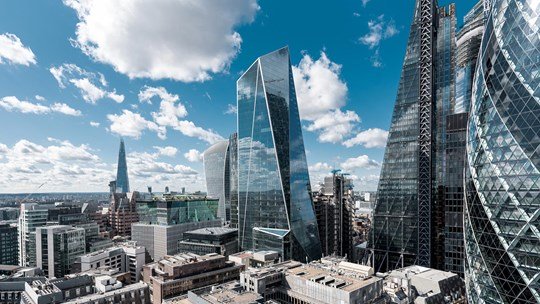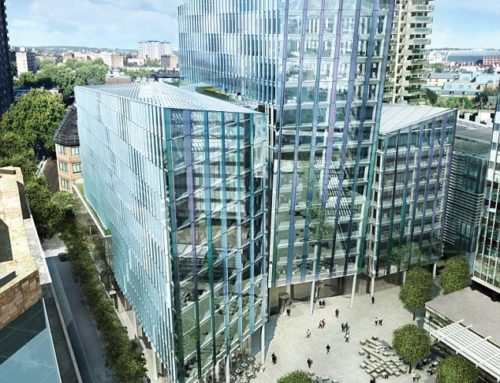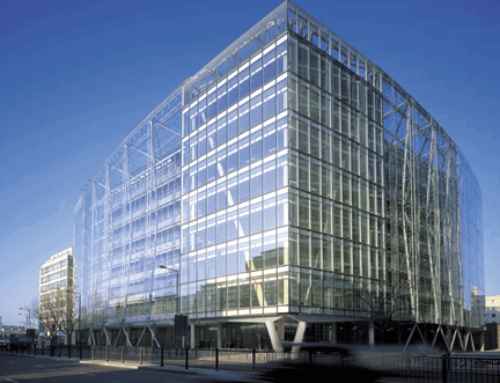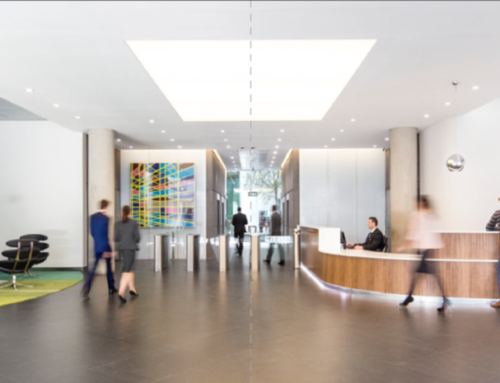CIBSE’s 2015 Technical Symposium recently held in London was a sell-out and highlighted the latest research into building performance, environmental design and building information modelling (BIM).
The two-day event featured more than 50 presentations from industry practitioners and researchers and plays a key role in bringing together academic and industry knowledge by sharing academic research and industry learning.
Opening the Symposium Tadj Oreszczyn, CIBSE vice-president and director of the Bartlett School of Environment, Energy and Resources at UCL, focused on the environmental challenges facing building services engineers. The United Nations climate talks in Paris later this year are aiming to agree a legally-binding global agreement on carbon emissions, in a bid to limit the increase in global temperatures to 2oC. Oreszczyn said: ‘I believe this is a critical year in determining what we have to do in environmental services. We’re approaching a point where the two degree limit in temperature rise will be difficult to achieve. The task of making buildings close to zero carbon is an easier challenge than adapting to a climate rise of more than two degrees’.
The conference, which was hosted by UCL, showcased research aimed at helping to address some of the environmental challenges, alongside case studies where building performance is being optimised through engineered solutions. Speaker Sergio Fox, founder of the Danish consultancy Architecture Without Engineers, described Denmark’s ‘back to basics’ approach to environmental design, summing up the key lesson as: ‘Good simple buildings are better than bad complex buildings.’
Phil Draper, senior technical and sustainability manager at Broadgate Estates explained how the property management company had improved the performance and carbon footprint of its 350 Euston Road building, while Dr Issa Chaer of London South Bank University looked at a strategy for carbon reduction and energy optimisation for an NHS Trust.
Other building types provided equally valuable lessons. Professor Rajat Gupta, director of the Oxford Institute for Sustainable Development at Oxford Brooks University, compared the actual energy performance of two civic buildings: a ‘sustainable’ community centre and a library. Michael Lim, senior engineer with AECOM and Steve Harper, group mechanical and electrical manager with Galliard Homes reported on the findings of a study looking at the performance of the latter’s Seager Distillery development in London.
The Symposium also saw the launch of CIBSE’s technical guidance, TM57 Integrated School Design, which focuses on designing for optimum building performance. The guide was co-authored by professor Dejan Mumovic, deputy director of the Institute for Environmental Design and Engineering at UCL and John Palmer, technical director at AECOM.
Several research projects looked at the application of BIM, with Doug Baldock, senior consultant with Hoare Lea outlining research into the integration of building energy system optimisation modelling into the design process.
Prizes were awarded to two presentations. The prize for most effective delivery went to Sergio Fox for his paper on Danish buildings 1986-2014, From simple building services to complex building services – and back again? The prize for most significant contribution to the art and science of building services engineering went to Michael Lim and Steve Harper for their paper, Building performance evaluation of dwellings: A case study of the Seager Distillery development.





